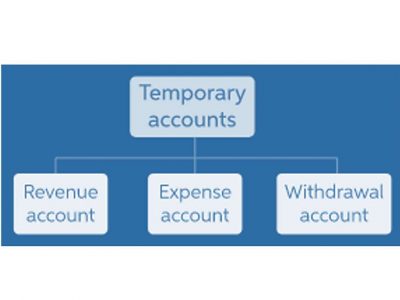
This event will discuss the lessons learned from a comparative study of 6 biodiversity measurement approaches (also called “metrics”) applied to a sample of 9 EBRD and AFD projects. The panelists will discuss the different results produced by different metrics on a sample of Public Development Bank projects. It will explore what can be done depending on whether the banks have general data on the projects or more detailed, particularly spatialized data. The discussion will also cover the skills bank staff need and the accessibility difficulties that could be anticipated.

How to Create Decision Frameworks That Drive Business Growth and Empower Your Team
It involves asking “why” repeatedly to trace back the chain of events and factors contributing to the issue, thus enabling targeted solutions. The Intuition-based Decision-Making framework appreciates the role of intuition and gut feelings in decision-making. It suggests that intuitive judgments can be valuable, particularly in situations where data is limited or complex. This framework is crucial in project management and product development, where delays can significantly impact cost, scheduling, and competitive advantage. By outlining the steps from observing data to drawing conclusions and taking action, this framework encourages reflection and challenging assumptions.
When should you use a decision-making framework?

It’s called a tree because each option or possible effect is like a branch with a different result. Another example could be a startup establishing a new cross-functional team to explore a new market or customer segment. With a toolkit full of decision-making frameworks, a clear process for engaging your team, and the confidence to decision-making framework take your decision all the way, you’ll be prepared for every and any situation.
- Decisions are important, but everyone has other things they need to do, too.
- By focusing on one “hat” or thinking mode at a time, decision-makers can consider multiple viewpoints, reducing the risk of bias and fostering comprehensive understanding.
- Predominantly used in leadership and management, it aids in deciding when to involve team members in the decision-making process and to what extent.
- The Vroom-Yetton decision-making model is a leadership-based framework that helps managers determine the best approach to decision-making based on the situation.
DACI alternatives and related concepts
Going through a whole process may seem cumbersome, but you almost always uncover something that needs to be cleared up. And even if you’re not running into any of those problems just yet, I promise it’s coming. When a startup team is small and more or less in sync, most choices can be decided by the founding team. But as your team scales, and as you hit unprecedented new milestones, you’ll feel like you the guidelines on what makes a “good decision” start to blur. We spoke with 6 top operators to gather the tactics and strategies they use to make smart decisions under pressure, garner trust with stakeholders and execute with conviction. Developed by Dave Snowden, the Cynefin Framework categorizes decision-making contexts into simple, complicated, complex, and chaotic domains.
Choosing Wisely: 5 Effective Decision-Making Models for Better Results
As you strive to implement robust decision-making frameworks within your organization, consider the power of DailyBot to streamline the process. DailyBot is the asynchronous productivity tool that integrates seamlessly with chat platforms like Slack, Google Chat, Discord, and Microsoft Teams, making it the perfect companion for remote teams. With features like Check-ins, you can bypass routine meetings, maintain transparency in teamwork, and keep everyone aligned with your goals.
- Instead, too much choice not only leads to indecision, it also leads to higher levels of dissatisfaction when a choice is made.
- The driver should ensure the approver has enough context and information to do so.
- Whenever possible, organizations should define perform roles early and may also assign them an input role.
- It establishes a common language and leaves no doubt about who is on point for each role.
- For instance, if you need to choose among multiple similar options with various characteristics, we’d recommend the Dimensionality reduction framework.
- This method helps streamline decision-making by clearly highlighting which tasks will provide the most value for the least effort.

The Ladder of Inference, developed by Chris Argyris, assists individuals in comprehending their own thought processes and biases influencing decision-making. Dave Snowden developed the Cynefin Framework, which categorizes decision-making contexts into simple, complicated, complex, and chaotic domains. This theory is particularly useful in understanding and predicting decision-making in economics, finance, and marketing, where decisions are often influenced by perceived https://www.instagram.com/bookstime_inc gains and losses.
- They include strategies for distilling the information needed to make a decision, testing potential solutions and reconciling clashing perspectives.
- You’ll have a clear history of what you were thinking and why you made the decision you did.
- This event will showcase activities of the AAAP, lessons learnt so far and how achievements can be scaled up.
- The more you can work through hard decisions in a systematic and logical way, the easier they’ll become.
- You should also start slow when you’re ready to get started so the process doesn’t stall.
Once you’ve laid out the options, it’s time for consultants to vote and for you to decide. S.P.A.D.E is a balancing act between soliciting https://www.bookstime.com/ team feedback and making an individual choice. The process is run by whoever will actually be responsible for making the decision. This decision-making framework is designed to document everything from the context of the decision to who’s involved, what you decided, and how to broadcast your choice to the company.

